Shortly after Xenoblade Chronicles: Definitive Edition was announced, I wrote an article where I snarked, “But is it necessary if it doesn’t do anything new?”. Now I can answer myself and say: Yes, it’s absolutely necessary.
Despite Xenoblade Chronicles being a decade old, the Definitive Edition — warts and all — proves it’s still one of the top RPGs around and a must-have for the Nintendo Switch.
Xenoblade Chronicles Definitive Edition Review: The Monado’s True Power
We won’t go into too many story details in case you’ve never experienced Xenoblade Chronicles before, but here’s the gist. The world of Xenoblade Chronicles deals in binaries. You’ve got the organic Bionis and the mechanical Mechonis. Both are gods of literally astronomical proportions, and both were locked in combat eons ago until something made them stop. Now, people and machines live on their respective deities because they’re so big, even their kneecaps have gravity fields.
And they fight with each other — a lot. The Mechon have a rather unpleasant tendency of eating Homs (what the people of Bionis are called), and naturally, the Homs don’t like that. Homs are good; Mechon are bad. It’s all a fight for survival — or so you’re led to believe.
Xenoblade Chronicles gets started a year after the last big bust-up, where it seemed like peace was won thanks to the Homs hero Dunban and the mysterious Monado sword.
Of course, that’s not really the case, because it’s an RPG and a Xeno game at that. Someone’s home has to be brutally invaded, and when that happens, Shulk of Smash Bros. fame sets off with his friend Reyn on a journey of vengeance.
What makes Xenoblade Chronicles’ version of the usual JRPG vengeance story unique is how it unfolds. As the story progresses and you learn more about the world and its different types of people, the binaries slowly unravel until you end with something much bigger and more intricate than you expected. The pacing and sense of urgency to continue forward are heaps better than Xenoblade Chronicles 2 as well.
Sure, you have some fairly predictable moments and there’s the usual hamfisted stuff about fate and so on. But it’s surprising how well the plot still holds up, even if you know all the ins and outs already like I did — and despite the characters having basically zero depth.
It’s very much a story-driven experience, but the pacing and focus on exploration mean the lack of real character development never becomes much of an issue. It helps too that in the 10 years since the original Xenoblade Chronicles released, there have perhaps been a handful of games (if even) that tried combining high fantasy with sci-fi and actually pulled it off.
Characters might not develop much, but there’s no denying one of the biggest and best changes in Definitive Edition is the improved character models. Models in the original Xenoblade Chronicles, and especially the New 3DS port, were basically monsters, monsters trapped with one, maybe two permanent expressions and reactions.
The characters of Xenoblade Chronicles Definitive Edition are so much better realized and more expressive than the original. Little things like furrowed brows or changes in mouth shape go surprisingly far in adding tension or emotion to cutscenes, though characters still have their awkward walks — especially Melia, aka the duck-walk lady.
It’s a bit baffling why those weren’t smoothed out, but oh, well.
It’s equally disappointing the visuals other than character models are so blurry too. That shouldn’t be the case this far into the Switch’s life cycle, and while it’s hardly game breaking, it is annoying.
Speaking of exploring, you’ll be doing a lot of that. Fortunately, Xenoblade Chronicles is a joy to explore, blurry distances and all. A big part of that is down to the unique settings, ranging from winding caves to huge open fields on the Bionis’ thigh, deadly swamps, lush jungles — and that’s not even all. Xenoblade Chronicles’ maps feel bigger than its numbered sequel’s as well. However, that could just be a benefit of more open design and how you have a sense of progressing through these areas, instead of hopping around to new biomes every few hours.
That naturally raises the question of whether there’s anything to make exploring worthwhile, and the answer is a bit mixed there.
There’s no Witcher-style rewards like finding some obscure, meaningful side quest or stumbling on a much-needed item hoard. But apart from seeing the sights, you’ll run across items necessary either for fattening your wallet the next time you meet a merchant, bartering with locals, or using to craft gems that help you out in combat (more on that in a bit).
A lot of these items and off-the-beaten-path locations play a role in Xenoblade Chronicles’ quests as well. That’s probably the game’s weakest point too, though it’d be a mistake to expect a remaster to change a fundamental part of the game’s structure. There’s an almost overwhelming number of side quests you can tackle if you choose to. And they’re almost all completely mundane: gathering items, fighting monsters, talking to character X, and the usual filler stuff.
Where this would be a pretty big ding for another game, it’s surprisingly not a big drawback for Xenoblade Chronicles Definitive Edition, especially if you go into it knowing what to expect. For starters, you’re completely in control over what quests you want to complete.
Don’t feel like gathering five hard-to-find items for meager rewards? That’s fine. There’s plenty of quests to complete without going too far out of your way, and even if they’re pretty far south of spectacular, completing some is still worthwhile for the extra experience, unique gear, and gems.
Better yet, Definitive Edition’s improvements to the map and quest system make completing quests painless. Gone is that godawful, damnable orange arrow from the original, swinging around like a demented and possessed compass. In its place is a better map, one that’s easier to decipher, has clearer quest markers, and uses an actual indicator showing you the best path to reach your goal. It’s hard to overstate how amazing this improvement is and how much more enjoyable the game is because of it.
Having said that, the next Xenoblade Chronicles game absolutely needs to fix the series’ quest and NPC systems. Affinity charts and dynamic quest lines that change based on when you complete them or in what order are fine, but they lack significance without any meaning attached to them and the characters they revolve around.
Xenoblade Chronicles Definitive Edition’s improvements go further than that too. The menus are completely overhauled, thankfully. Changing equipment is a breeze, although I can’t help but wish we had an option to equip gear as soon as it’s purchased.
Colors are brighter and clearer, text is easier to read, and there’s even a fashion option that lets you set how your character looks independent of what gear they’ve equipped. It’s a minor but much-appreciated touch that lets you decide what gear you think looks best or just go crazy and mix completely unrelated looks together.
Another big overhaul is the Xenoblade Chronicles Definitive Edition soundtrack. The original wasn’t bad by any means, but the Definitive Edition version is so good. The remastered soundtrack is almost always superior, being fuller and more complex. Even tracks that sound weird out of context, like “Engage The Enemy” with its new opera inclusion, just plain work in the game itself.
Combat stays exactly the same though, but that’s okay. If you’ve mastered Xenoblade Chronicles 2’s combat, you may find combat here a bit simple at first. But there’s actually more going on than you might think.
XC2’s combat ends up focusing on building huge combos as often as possible, and you can offset the time it takes to build Arts up by swapping between Blades. Xenoblade Chronicles Definitive Edition makes you strategize a bit more, both with what Arts you equip on each character and how you use them
Each Art has a cooldown time. So if you spam them all at once during substantial battles, you’re not going to win very easily. Instead, you want to plan out how you use them, rely on buffs and debuffs, and pay more attention to positioning in battle so your Arts have better effect.
That also means it’s a good idea to switch your party up more often, since each character has unique attributes that could make the difference between winning and getting sent back to the last landmark. You’ll want to keep on top of your gear too. Weapons and equipment often have slots that house stat-enhancing gems you can forge from all the ether crystals enemies drop or you mine from the environment.
Some fights need an evasion tank like Dunban, while others make you focus on supplementing your healers with support arts and using Chain Attacks to dish out damage and support the party. It’s just complex enough without being overwhelming or letting you just slide through, and yes, the constant call-outs during battle remain intact for better or worse.
Definitive Edition adds expert and casual modes if you need a harder or easier challenge as well, which is excellent for accessibility or if you just want to switch things up.
So in short, there’s a number of quality of life improvements with much better visuals and a superior soundtrack. It’s still the same game, but it’s also a generally excellent game to begin with. These enhancements make it even better.
Which brings us to the one absolutely new inclusion, Future Connected. It’s an epilogue set one year after the game’s main story concludes, but it’s not as meaty plot-wise as Torna: The Golden Country.
It’s also something of a mixed bag. The Bionis’ Shoulder is, as usual, just begging to be explored, but you feel the lack of meaningful rewards a bit more keenly here — especially if you just spent nearly 80-100 hours with the main game doing the same thing.
You’ll probably either love or hate the Nopon Rangers as well. While I’m not sure it works the best as a quest and battle gimmick, they do act as a nice way to break the tension, along with the many Quiet Time (read: new heart-to-heart) moments you’ll come across.
On the bright side, you’ve got a tweaked battle system to come to grips with thanks to that thing at the end of the main story. Hopefully, you learned how to play as Melia during the main game, because she’s pretty important in Future Connected. And she’s also the main plot focus, which is good considering her story has the biggest dangling threads of all at the end of Xenoblade Chronicles.
Is it resolved in Future Connected? Not… really. But apart from this apparently serving as a lead-in to future Xenoblade Chronicles games (hence the name), it’s a testament to the world and themes Monolith created for the original game. The chance to see another episode unfold in this world and find out what happens as a consequence of the big victory is compelling in itself, and it’s definitely worth experiencing.
Xenoblade Chronicles Definitive Edition Review — The Bottom Line
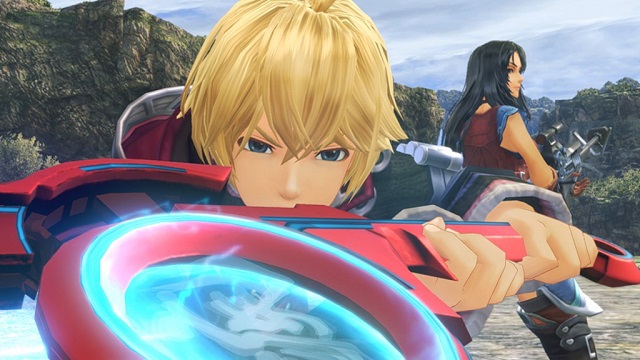
Pros
- Still excellent story and world
- Thoughtful combat
- Much-needed quality of life improvements
- Stellar soundtrack
- The visuals don’t burn your eyes anymore
- Future Connected offers some good post-game plot development
Cons
- Not everything gets a visual upgrade
- Quests still meh
- Future Connected is also a mixed bag outside of plot
Xenoblade Chronicles Definitive Edition is among the Switch’s top RPGs, and that’s saying something. Even though the glow ups aren’t evenly distributed, and the quest system is still lacking, the setting, unique combat, and overall package remain as strong now — stronger even — than they were 10 years ago.
[Note: Nintendo of America provided a digital copy of Xenoblade Chronicles: Definitive Edition for the purpose of this review.]

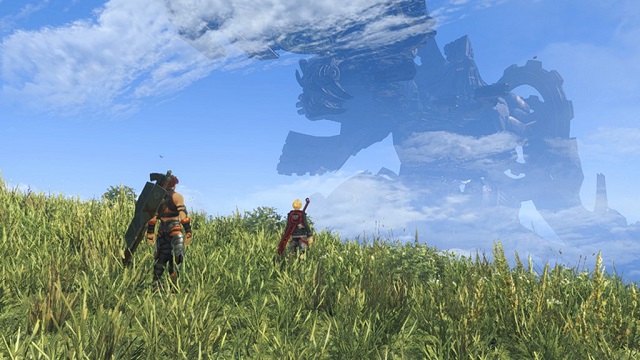
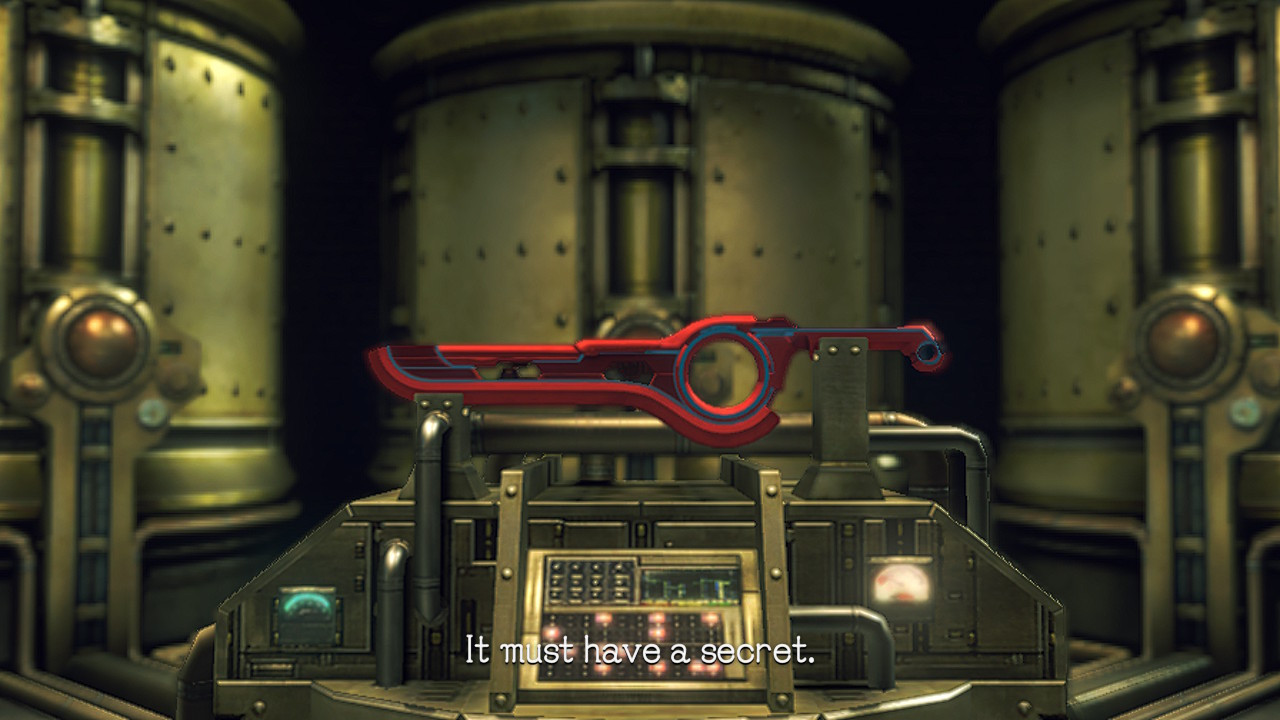
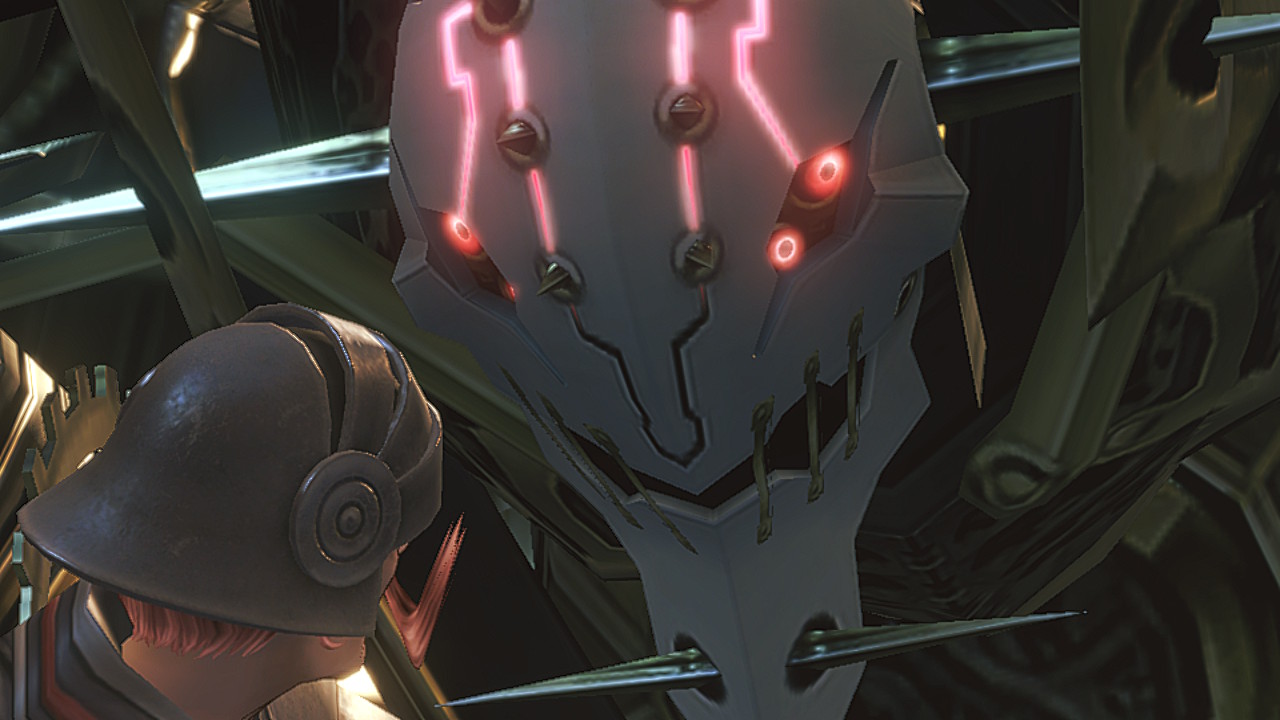

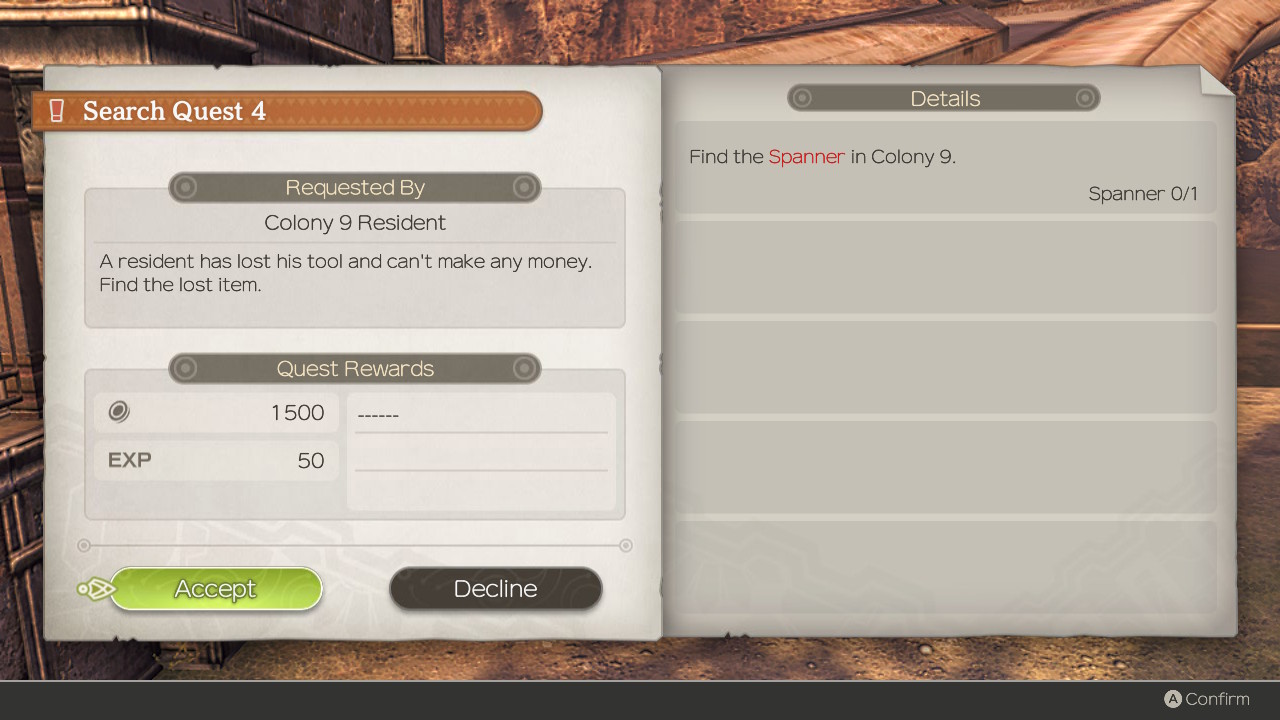
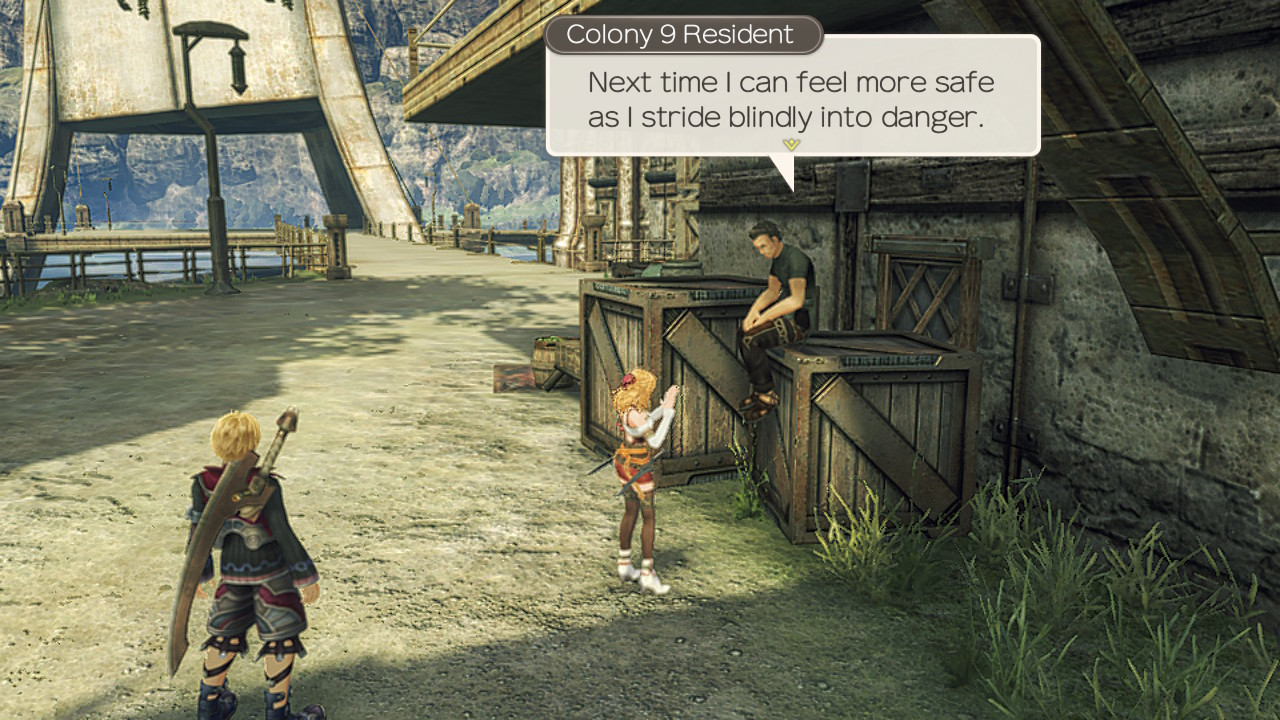
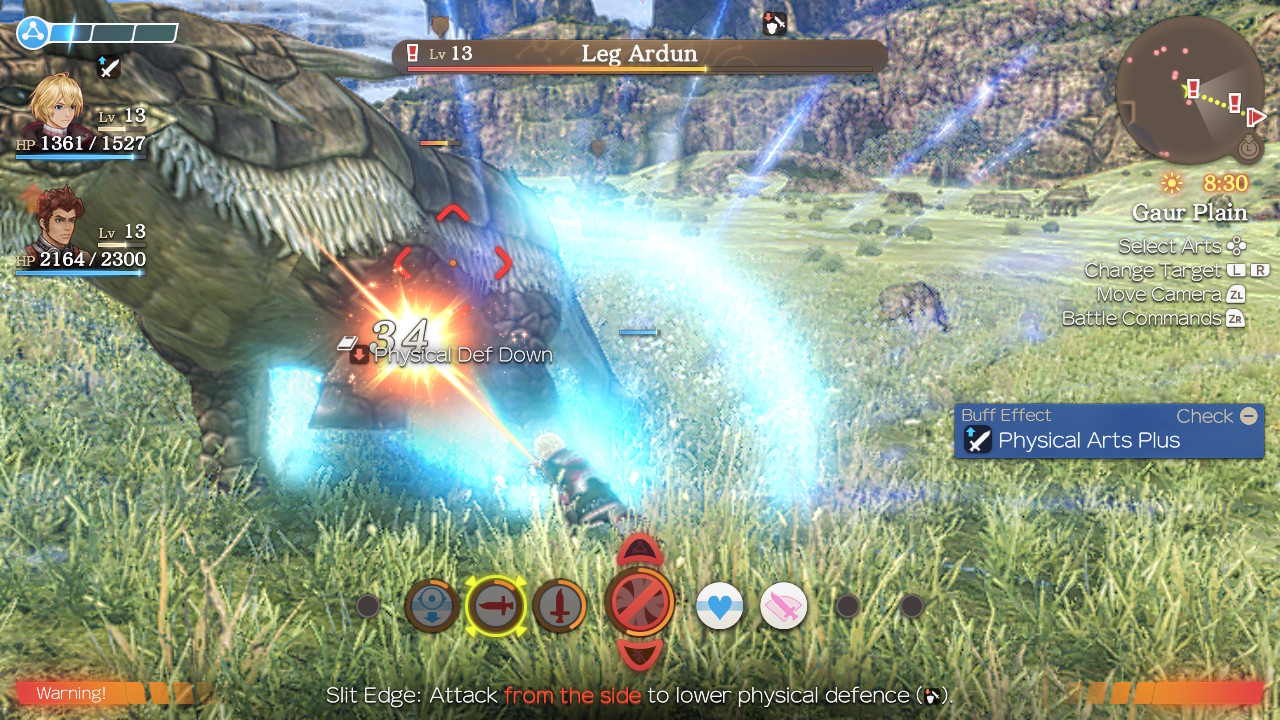
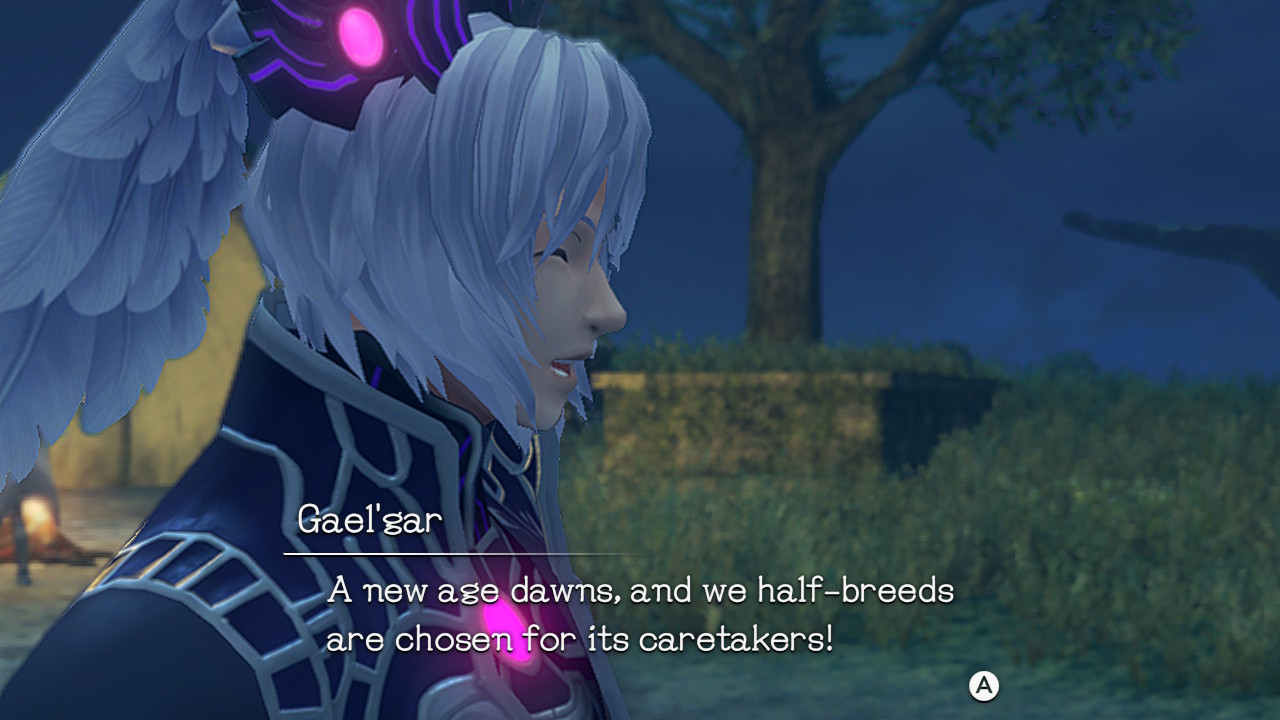





Published: Jun 5, 2020 12:29 pm